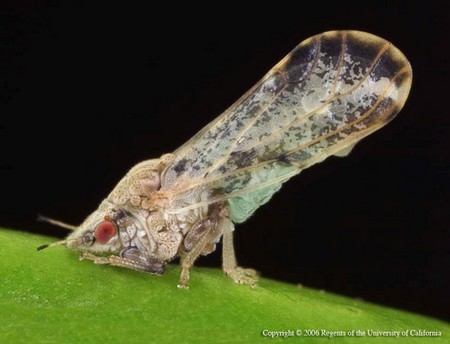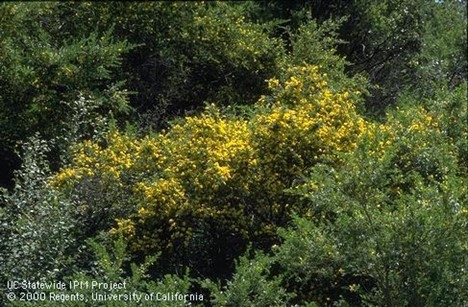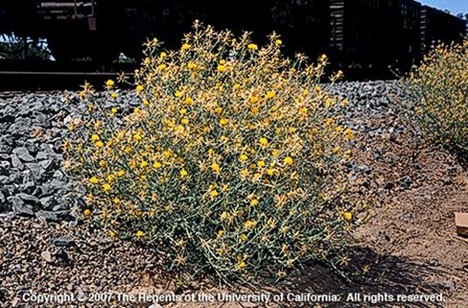Be Careful! Moving Pests Around Can Be Too Easy
A poet once said, “A weed is but an unloved flower.” Sometimes though, a weed, an insect, or a four-legged critter can become a dangerous pest. In a state like California where so much of our economy is agriculturally based, these pests can wreak havoc. In our home gardens they threaten our landscape and ornamental plants and make the creation of natural areas a significant challenge when they displace native plants and wildlife.
Exotic and Invasive
California's native ecosystems were uniquely adapted to our Mediterranean climate, with its dry summers and wet winters. However, as the population changed and grew with immigration alongside increased international travel and commerce, new species of plants, many bringing insects and pathogens with them, were imported from Asia and Europe (often inadvertently) and introduced into the landscape. These exotic plants sometimes failed and sometimes flourished. Sometimes we move them unwittingly from state to state as we travel. The result is that some exotics have become invasive, spreading through the native ecosystem.
You might recognize some of these pests. The pathogen that causes sudden oak death was accidentally introduced on nursery stock and is estimated to have killed more than 1 million oak and tanoak trees over the last decade. In addition to disease, invasive plants can change the composition of soil as scotch broom does by adding nitrogen to the soil, or outcompete shallow rooted native species during dry summer months as the star thistle does with its deep root system.
Of special concern currently is the Asian Citrus Psyllid (Diaphorina citri), a tiny insect that attacks all varieties of citrus, and is a vector for the bacterium that causes Huanglongbing (HLB) disease. An infestation can spread quickly and there is no cure for HLB. Although the psyllid is rarely seen in Northern California, it has become a serious problem in Southern California where it arrived from Mexico in 2008 and is slowly spreading north. The USDA notes that HLB “has devastated millions of acres of citrus production around the world, including in the United States.” http://ipm.ucanr.edu/PMG/PESTNOTES/pn74155.html
Steps to Take to Stop the Spread
We can all have an impact on the spread of invasive species into our ecosystem.
1. Become familiar with invasive pests, how to identify them, and where to find information. The UC IPM website is a good source of information about managing exotic and invasive pests. https://ipm.ucanr.edu/Invasive-and-Exotic-Pests/
2. When you see suspicious organisms, get help identifying them. Contact your local UC Master Gardener Program Help Desk or Agricultural Commission to report invasive species and to get help with managing them. https://www.cdfa.ca.gov/plant/
3. Inspect new plants carefully before planting them. When possible, plant native species — they are better adapted to our climate, support butterflies and other pollinators, and are less likely to have pest problems! https://plantright.org/
4. Don't bring plants into California from outside the state, and don't purchase invasive plant species. This includes planting gifts from friends across the country into your garden, and ordering online from nurseries that are outside of California. https://www.cal-ipc.org/
5. Buy your firewood where you burn it. Many pest insects and pathogens move with firewood. Don't move it far from its source. http://www.firewood.ca.gov/
To learn more about the invasive species prevalent in California, their impact and how to address them, the UC IPM website is a wealth of important information. We can all make a difference in protecting our beautiful state.
Help Desk of the UC Master Gardeners of Contra Costa County (RDH)




